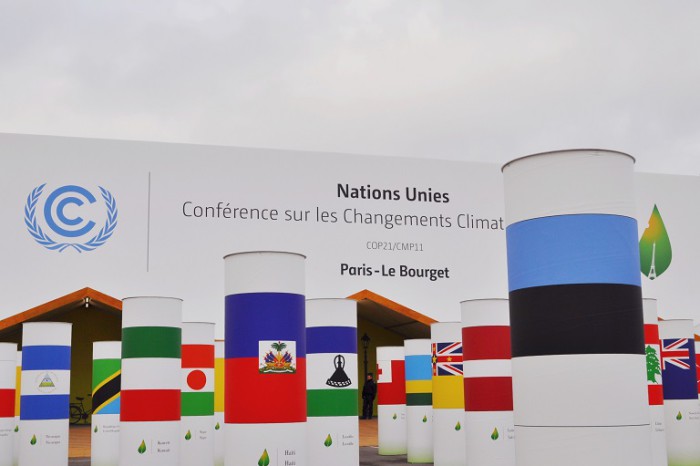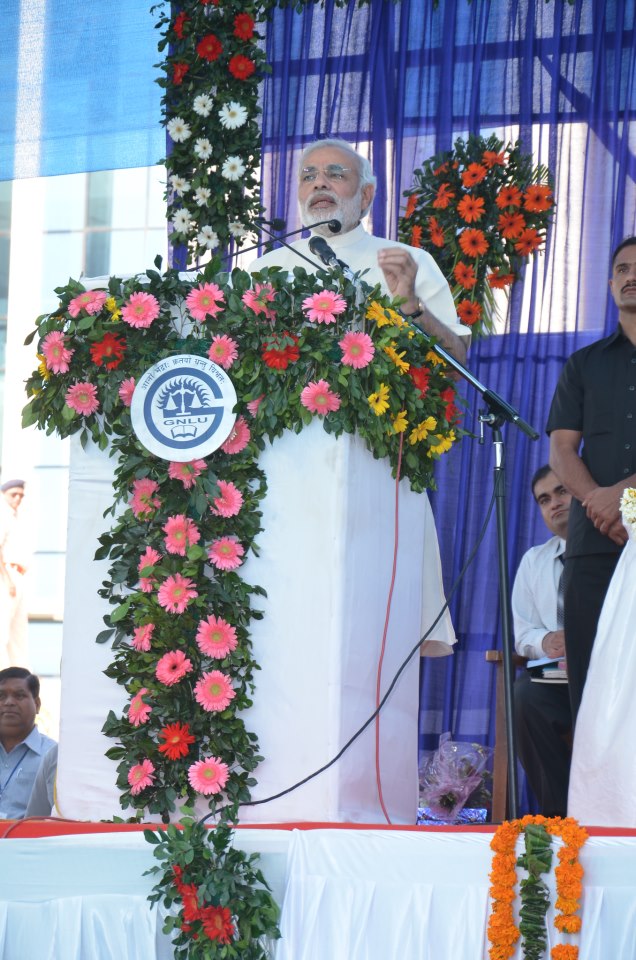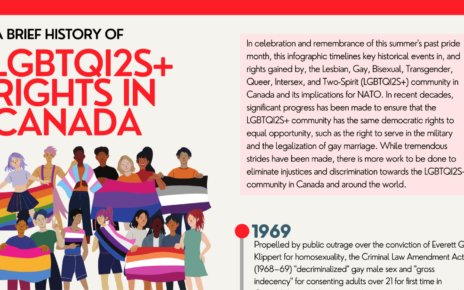In December, the international community made history as it came to a collective agreement on climate change. Representatives from nearly 200 countries convened at the United Nations Framework Convention on Climate Change (UNFCCC) in Paris to negotiate a comprehensive, legally binding global agreement establishing specific climate-related targets and commitments. The 21st Conference of the Parties, commonly known as COP21, has received widespread praise for its climate diplomacy, with delegates and environmental groups alike satisfied with the strength and scope of the final text of the Paris Agreement.
I had the opportunity to attend the second week of the conference held in Le Bourget airport in Paris. While there, one issue seemed to surface continuously, noted explicitly and implicitly by every activist, delegate, journalist, and volunteer that I spoke with: international security. For the World Food Programme (WFP), as an example, food security issues are a gateway to major international security concerns. For the International Organization for Migration (IOM) and other NGOs focused on migration and refugee patterns, human security on the global scale is increasingly threatened by extreme weather like droughts and floods. For Small Island Developing States (SIDS), like the Marshall Islands, climate change is an imminent threat to their very existence and puts thousands of vulnerable people at social, economic, and physical risk.
The intersection between climate change and international security is intimately understood by international security expert Dr. Odette Tomescu-Hatto. I had the pleasure of discussing the potential impacts of the climate crisis on international security with her. Dr. Tomescu-Hatto participated in this interview in her personal capacity. The views expressed are her own and do not represent the views of any institution for which she is currently working or has worked for in the past.

Genevieve Zingg (GZ): Dr. Tomescu-Hatto, thank you very much for participating in this interview.
Dr. Odette Tomescu-Hatto (OTH): First of all, I would like to thank you for providing me with the opportunity to express my opinion on one of the most interesting topics in international relations. I must confess that I am much more an international security and NATO scholar than a climate change expert.
GZ: Yes, your expertise seems to be particularly rooted in the socioeconomic and international security implications of climate change. According to your research, what kind of social and economic problems will severe weather patterns create? What social and economic issues have already been caused or exacerbated by climate change?
OTH: Climate change is happening now. I think that this is a phrase that we have all heard a thousand times over the past decade. It’s supposed to underline the urgency of action and the cost of inaction.
Climate change is felt globally from small island states, which are among the most affected, to countries in the northern hemisphere and countries in Africa’s Sahel; it affects least developed, developing and developed countries – none is spared. The changes in our climate place a heavy burden on people and governments, especially in countries with limited resources and capacities, and threaten human security as well as national, regional and international security. Most of the social and economic costs associated with climate change result from shifts in the frequency and severity of extreme events. Environmental degradation due to climate change contributes to drought, desertification, flooding and increasingly impacts food security, health, migration and potentially conflicts and civil wars.
According to the latest IPCC Report, climate change will amplify existing risks and create new risks for natural and human systems.
“Risks are unequally distributed and are generally greater for disadvantaged people and communities in all countries. Poor and marginalized social groups, indigenous communities, women, children and the elderly are often most affected and most vulnerable.” From a poverty perspective, according to the same IPCC Report, “climate change impacts are projected to slow down economic growth, make poverty reduction more difficult, further erode food security, and extend existing and create new poverty traps in urban as well as rural areas.”
It is very difficult to sum up the social and economic impacts of climate change as they are everywhere. At the sectoral level, an important number of sectors are already affected across the globe including the livestock, forestry, and fisheries industries and many others. Other sectors sensitive to climate change include the energy, insurance and even tourism industries.

GZ: Research has suggested that a drought in Syria played a critical role in sparking the 2011 civil war and ongoing crisis in the country. How does climate change create or exacerbate conflict?
OTH: Syria is certainly one of the most recent examples where climate change acted as a “threat multiplier.” The Syrian uprising, unfortunately, constitutes the perfect case of a multi-factor conflict: economic scarcity, social inequality, bad governance including lack of political freedom, corruption and, last but not least, the impact of climate change on water security. All the ingredients for a violent conflict were present.
For over five years Syria had suffered a severe drought. The drought particularly affected the northeast where, according to a UN report published in 2010, herders lost almost 85% of their livestock affecting 1.3 million people. The drought was exacerbated by bad resources management. The loss of livelihoods pushed herders and rural families to migrate to cities increasing rates of urban unemployment. Basic needs, food security, basic services and infrastructures, became more and more difficult to afford. In 2011, the government was unable to contain people’s frustration and what was supposed to be a protest against Bashar al-Assad’s regime turned into conflict. Somehow, the first protests followed the path of the drought and started in Dara’a, a poor rural town. People in other cities assembled to support the arrested and tortured Dara’a teenagers and the revolt escalated into a civil war. The role of drought and climate change in the Syrian upraising is still unclear and many scholars have insisted on the large-scale mismanagement of resources over the last 50 years and the Syrian government incapacity to acknowledge and address the impact of this mismanagement as the main triggers of the “revolution”.
Climate change alone does not represent an independent variable in a conflict but can easily become the little triggering ingredient, when combined with aspects of bad governance and other domestic structural factors.
We have several examples that point to the role of climate stress in the escalation of conflicts; the competition over scarce resources was an added stress factor in the conflicts in Darfur. According to a United Nations Environment Programme (UNEP) Report (2007), climate change transformed the Darfur region from sustainable agricultural land into a partial desert and drove the escalating conflict. The drought and the Tuareg rebellion in the north of Mali, one of the most arid parts of the country and certainly the most climate vulnerable, is another example. In Mozambique, competition over land is increasing due to severe climate change events, so land at low risk of droughts or floods will be increasingly rare. This is likely to lead to conflicts over land use in a country with a long history of civil war and instability. Many other examples on compound climate-fragility risks have been recently identified and analysed in the 2015 Adelphi Report, A New Climate for Peace: Taking Action on Climate and Fragility Risks, an independent report commissioned by members of the G7. Academic research on environmental security dates back to the mid-1980s. In a seminal article published in International Security in 1991, Thomas Homer-Dixon proposed a research agenda to guide the study of environmental changes and conflicts. The author focused on the way in which environmental changes could ultimately cause the gradual impoverishment of societies in both the North and South, which could aggravate class and ethnic cleavages, undermine liberal regimes, and seed insurgencies. Case studies of specific countries and societies focused on the “where” the different kinds of environmentally derived conflict are most likely to occur. And while it is obvious that growing populations, modes of consumption, and environmental degradation and stresses will increase social tension, it is also clear there is no deterministic link between climate change and conflicts.
Climate change indirectly increases risks of violent conflicts by amplifying the drivers of these conflicts, particularly poverty and economic shocks.
This is part of a four-part interview series with international security expert Dr. Odette Tomescu-Hatto, in conversation with Genevieve Zingg on climate change, COP21, and the Paris Agreement.




